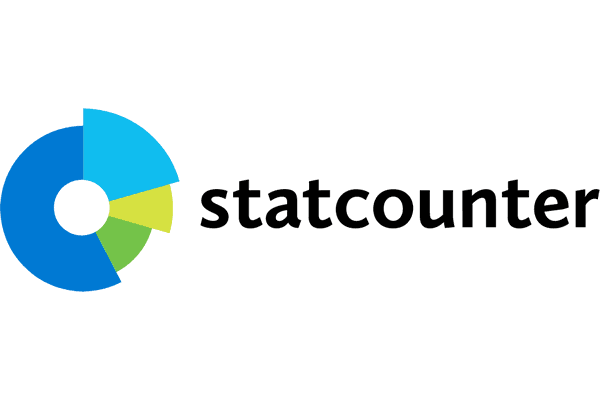Bahan Ajar Elektronik (E-Book) Kimia Umum II Berbasis Kontekstual Materi Larutan : Desain dan Pengembangan
DOI:
 https://doi.org/10.37859/eduteach.v1i2.1978
https://doi.org/10.37859/eduteach.v1i2.1978
Abstract
This study aims to develop contextual General Chemistry II teaching materials on the subject of solutions. Teaching materials are developed by integrating media, laboratory experiments, and contextual application. The instruments are chemistry learning materials, questionnaires, pretest and posttest. Evaluation results from expert validators and student respondents show the teaching material is valid. Average results content feasibility 3.53; language feasibility 3,56; presentation feasibility 3.53; graphic feasibility 3.70. The final value of teaching material is 3.58 depending on the range 3.26 - 4.00. At the implementation stage with the Pretest-Posttest Control Group Design, the student learning outcomes in the experimental class (M = 75.00) were higher than the student learning outcomes in the control class (M = 59.66). So that teaching material developed can be used for learning.
Downloads
References
[2] Magwilang, E. B. Teaching chemistry in context: Its effects on students’ motivation, attitudes and achievement in chemistry. International Journal of Learning, Teaching and Educational Research. 2016; 15(4): 60-68.
[3] Abed, E. R., & Al-Absi, M. M.. Content Analysis of Jordanian Elementary Textbooks during 1970–2013 as Case Study. International Education Studies. 2015; 8(3): 159-166.
[4] Sinatra, G. M., & Broughton, S. H.Bridging Reading Comprehension and Conceptual Change in Science Education: The Promise of Refutation Text. Reading Research Quarterly. 2011; 46(4): 374-393
[5] Chambliss, M. J. Analyzing science textbook materials to determine how “persuasive” they are. Theory into Practice. 2001; 40(4): 255-264.
[6] Good, J. J., Woodzicka, J. A., & Wingfield, L. C. The Effects of Gender Stereotypic and Counter-Stereotypic Textbook Images on Science Performance. The Journal of Social Psychology. 2010: 150(2): 132-147.
[7] Ericson, B. J., Guzdial, M. J., & Morrison, B. B. Analysis of interactive features designed to enhance learning in an ebook. In Proceedings of the eleventh annual International Conference on International Computing Education Research. 2015: 169-178
[8] Tompkins, C. J., Rosen, A. L., & Larkin, H. Guest Editorial: An Analysis of Social Work Textbooks for Aging Content: How Well Do Social Work Foundation Texts Prepare Students for Our Aging Society? Journal of Social Work Education. 2006; 42(1); 3-24.
[9] Situmorang, M., Sitorus, M., Hutabarat, W., & Situmorang, Z. The Development of Innovative Chemistry Learning Material for Bilingual Senior High School Students in Indonesia. International Education Studies. 2015; 8(10): 72-85.
[10] Marshall, L. L., & Nykamp, D. Active-learning assignments to integrate basic science and clinical course material. American journal of pharmaceutical education. 2010: 74(7): 1-5.
[11] Baron, A., & Chen, H. L. S. Looking in a science classroom: exploring possibilities of creative cultural divergence in science teaching and learning. Cultural Studies of Science Education. 2012: 7(1): 93-101.
[12] Holmes, M. H. Integrating the learning of mathematics and science using interactive teaching and learning strategies. Journal of Science Education and Technology. 2006: 15(3-4): 247-256.
[13] Carter, J. L., & Mayer, W. V. Reading beyond the textbook: Great books of biology. BioScience. 1988; 38(7): 490-492.
[14] Chambliss, M. J. Analyzing Science Textbook Materials to Determine How ȁPersuasiveȁ They Are. Theory into Practice. 2001; 40(4): 255-264.
[15] Sabil, H. Penerapan Pembelajaran Contextual Teaching & Learning (CTL) Pada Materi Ruang Dimensi Tiga menggunakan Model pembelajaran Berdasarkan Masalah (MPBM) Mahasiswa Program Studi Pendidikan Matematika FKIP UNJA. Jurnal Edumatica, 2013: 1(1): 44-46.
[16] Nurdiyana, T. Peningkatan kemampuan analisis mahasiswa melalui pendekatan contextual teaching learning (CTL) dalam pembelajaran Pengantar Kependudukan. Vidya Karya. 2019; 27(1): 71-78











